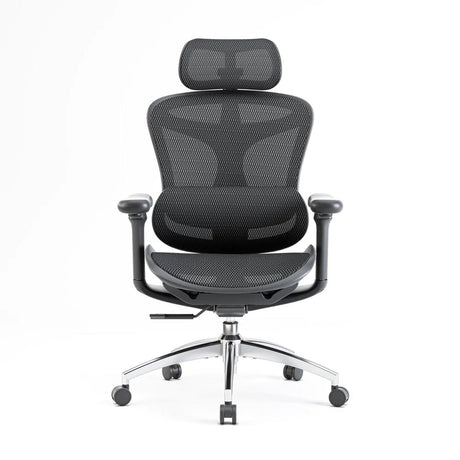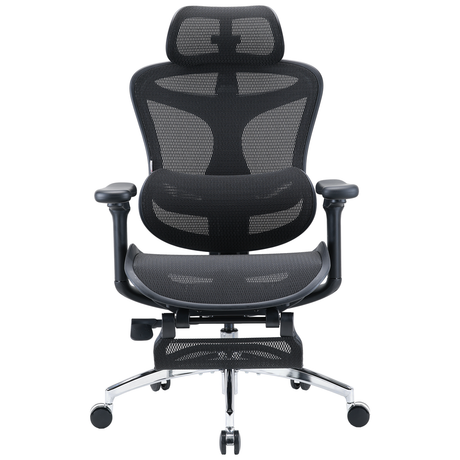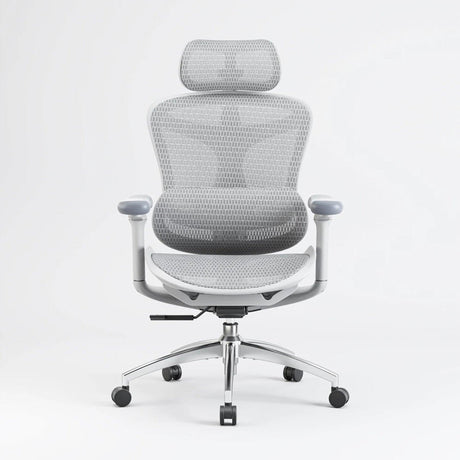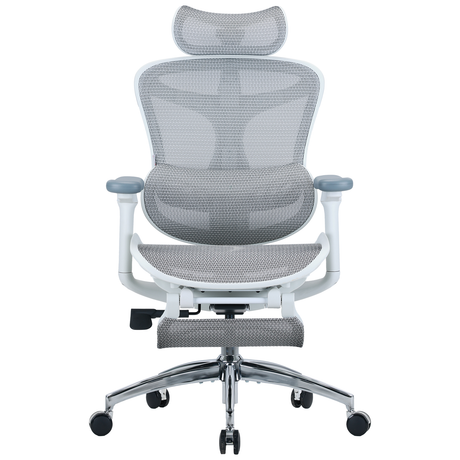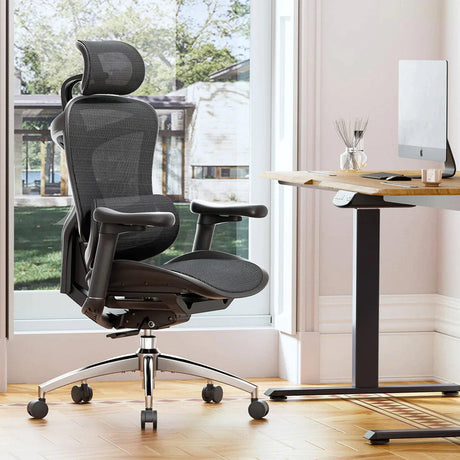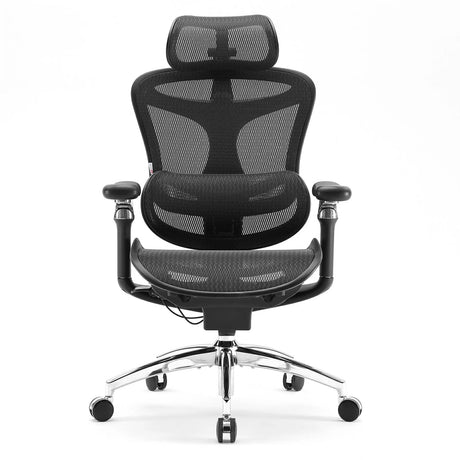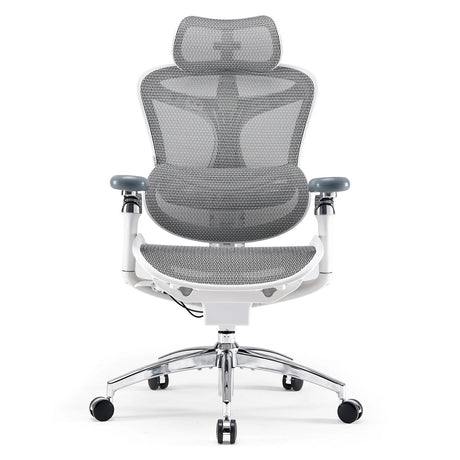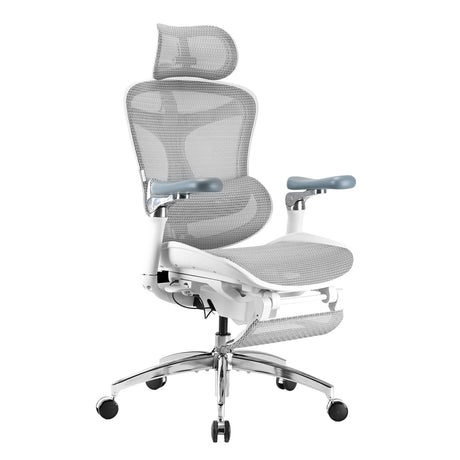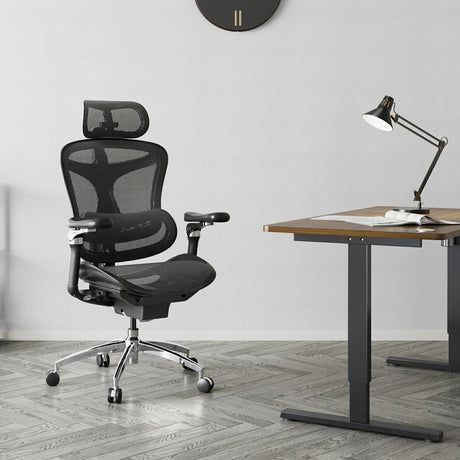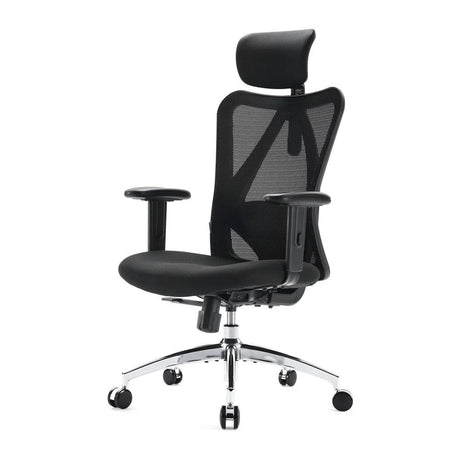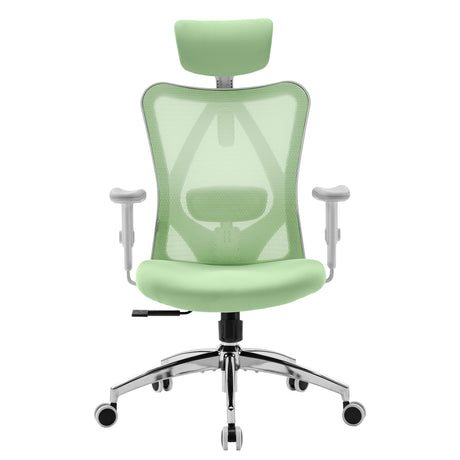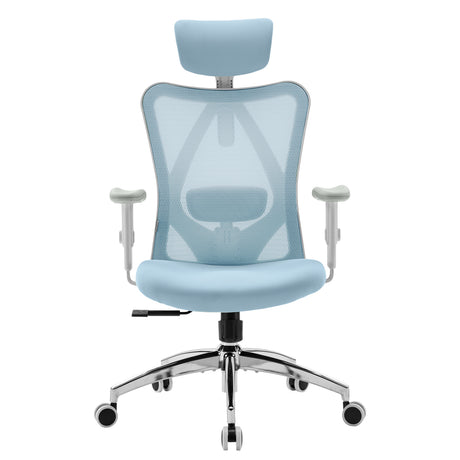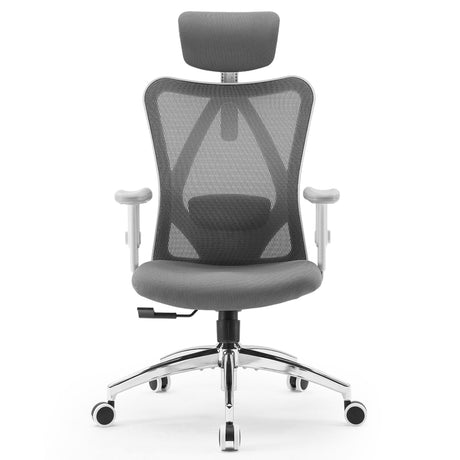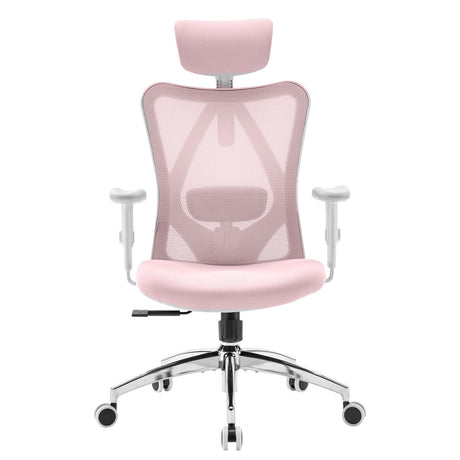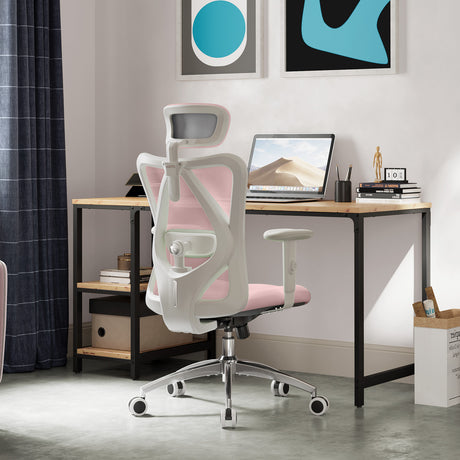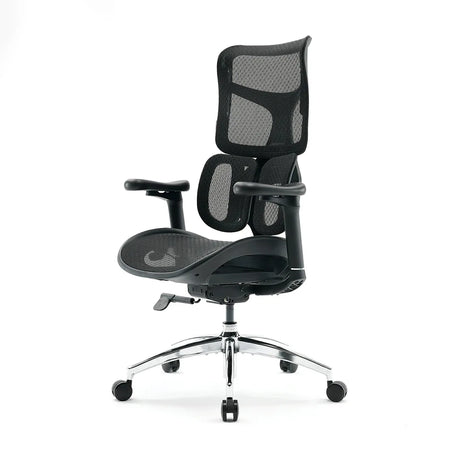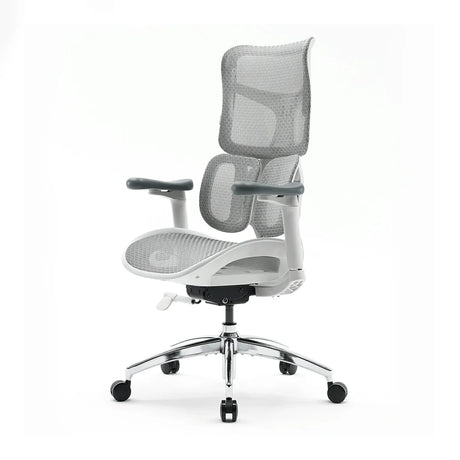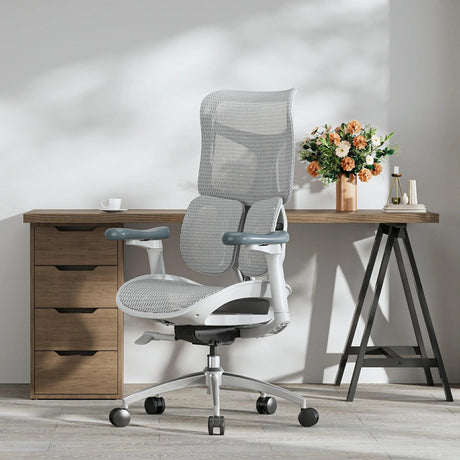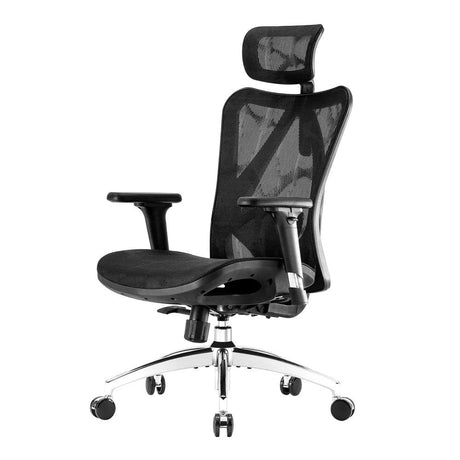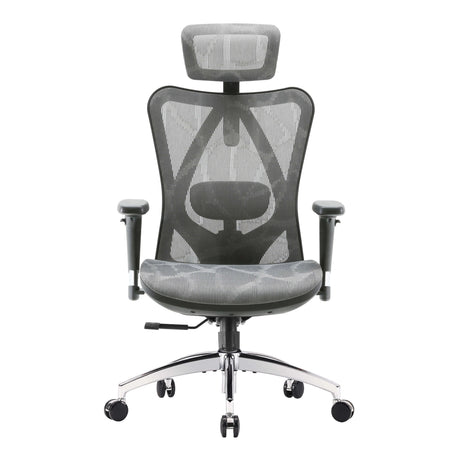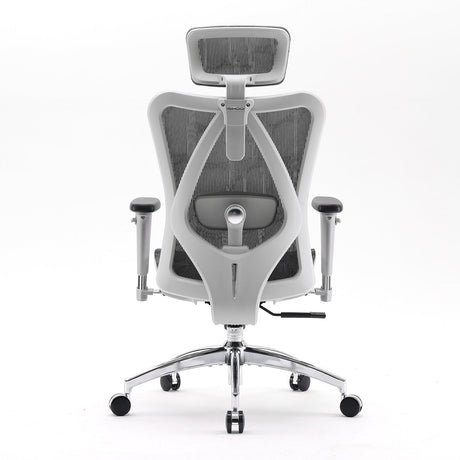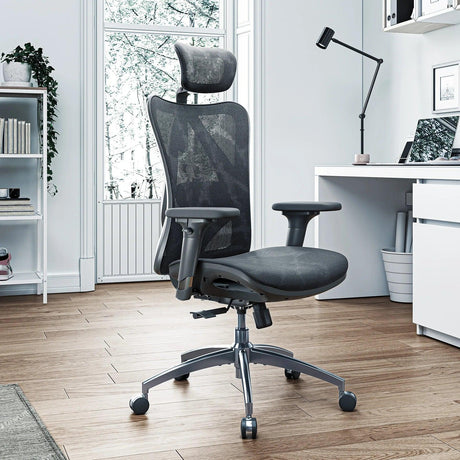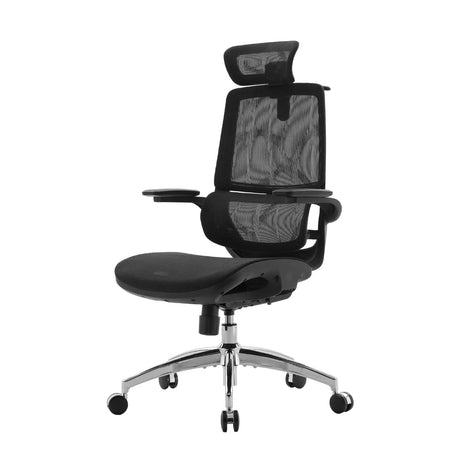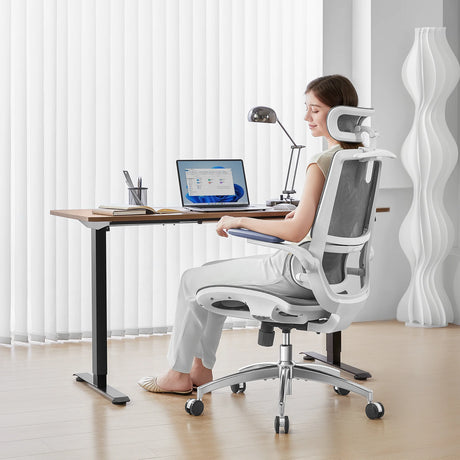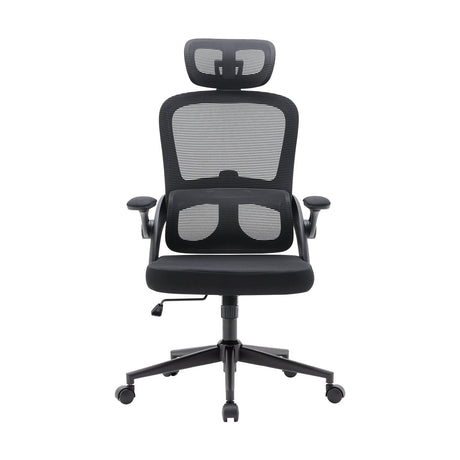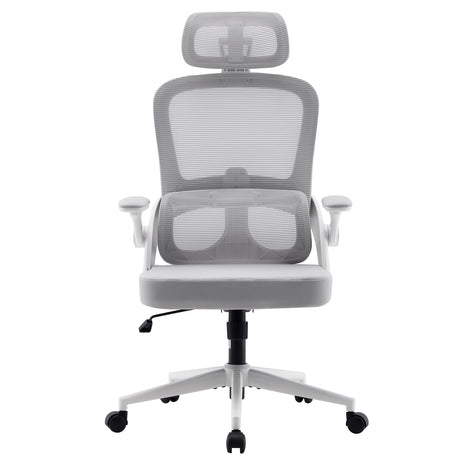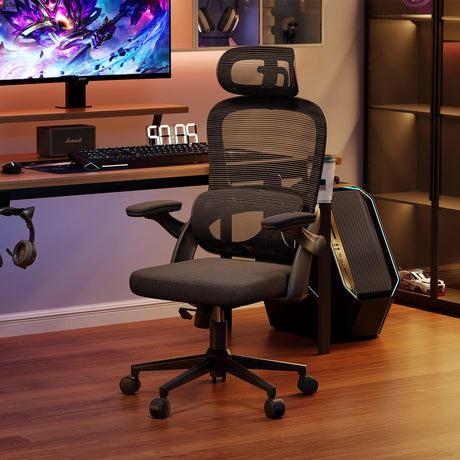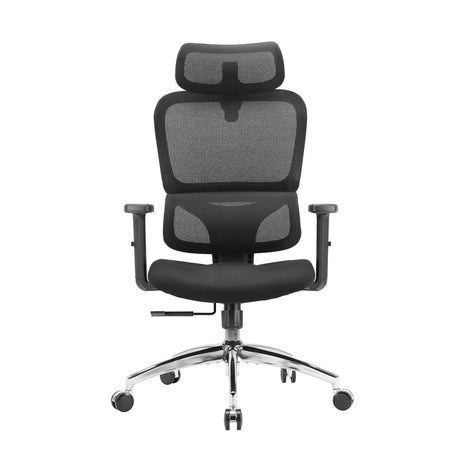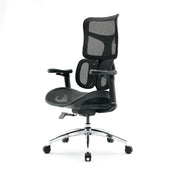Buying a used office chair can be a smart decision—especially if you want premium ergonomics without the premium price tag. High-quality chairs are built to last 10–15 years or more, so the second-hand market is full of opportunities to scoop up well-engineered seating at a substantial discount. But the question remains: How much should a used office chair actually cost?
Prices vary widely depending on brand, condition, ergonomics, materials, age, adjustability, and even the seller type. Without a clear benchmark, many buyers either overpay for worn-out chairs or miss out on great deals because they're unsure what qualifies as fair value.
This guide breaks down everything you need to know—pricing ranges, what affects value, how to evaluate condition, when to walk away, and how to make sure you’re getting a safe, long-lasting product. By the end, you’ll know exactly how much you should pay for a used office chair and how to buy with confidence.
Why Buying a Used Office Chair Makes Sense
Before diving into numbers, it’s helpful to understand why used office chairs are even worth considering.
1. High-End Ergonomic Chairs Are Built for 24/7 Use
Premium chairs from reputable manufacturers (e.g., Herman Miller, Steelcase, Knoll, and any brand producing heavy-duty ergonomic models) are engineered for durability. They’re not the same as cheap, lightweight chairs you find in big-box stores. These premium products are designed for continuous daily use and undergo rigorous testing for:
- Tens of thousands of recline cycles
- Heavy weight loading
- Long-term mesh and cushion resilience
- Armrest durability
- Lumbar support stability
This durability significantly extends the usable life of the chair, making used purchases far safer than used electronics or mattresses.
2. Significant Depreciation Benefits the Buyer
Office chairs depreciate like cars. The steepest drop happens in the first few years—even if the chair remains in great condition. A chair that cost $800 new may sell for $250–$350 after three years, while still offering near-full functionality.
3. Eco-Friendly and Sustainable
Reusing office furniture reduces waste, energy consumption, and manufacturing emissions. Many companies offload chairs in bulk during renovations, flooding the market with lightly used but fully functional seating.
4. Access to Better Ergonomics for Less
Instead of settling for a low-quality new chair that costs $200, buyers can often get a higher-end used one for the same price or less. Chairs with features such as:
- Multi-directional armrests
- Dynamic lumbar support
- High-tensile mesh
- Advanced tilt mechanisms
- Weight-sensing recline
are typically hard to find in the budget category unless purchased second-hand.
How Much Should a Used Office Chair Cost? (Complete Price Breakdown)
Below is the general pricing structure for the used office chair market. These are broad benchmarks, but they provide a realistic picture of what to expect.
Category 1: Budget Used Office Chairs ($20–$80)
Typical examples:
- Basic task chairs
- Simple mesh-back chairs
- Older chairs from budget brands
- Generic or unbranded models
Features you can expect:
- Limited adjustability
- Basic tilt or no tilt
- Fixed armrests
- Thin or worn cushions
- Shorter lifespan remaining
Who these chairs suit:
Students, temporary setups, or anyone needing very short-term solutions.
What to be careful about:
- Gas lift failure
- Worn-out foam
- Broken mechanisms
- Poor lumbar support
- Cracked plastic frames
Verdict:
Acceptable for casual use, but not recommended for long hours or professional work.
Category 2: Mid-Range Used Office Chairs ($80–$200)
Typical examples:
- Older models from reputable brands
- Mid-tier ergonomic chairs
- Decently-maintained chairs with modest adjustability
Features you can expect:
- Decent lumbar support
- Adjustable armrests
- Acceptable cushioning
- Basic mesh quality
- Stable tilt mechanism
These chairs are suitable for remote workers, small offices, and daily use—provided the condition is good.
Verdict:
The best price-to-performance ratio for most buyers. Look for models from established manufacturers with good build quality.
Category 3: Premium Used Office Chairs ($200–$500)
This is where the value gets exciting.
Typical examples:
- High-end ergonomic chairs from top brands
- Models with dynamic lumbar support
- Chairs originally priced between $500–$1,500
These are the industry’s most popular “workhorse” chairs. Even years old, they're typically:
- Structurally sound
- Mechanically stable
- Built with professional-grade materials
Features you can expect:
- Multi-directional adjustable armrests
- High-strength mesh with excellent ventilation
- Advanced tilt and recline systems
- Height- and tension-adjustable lumbar support
- Reinforced frames for long-term daily use
Who should buy this category:
Remote workers, office professionals, gamers, designers—anyone spending more than 4–6 hours a day sitting.
Verdict:
This range provides the best ergonomics for the money and is usually the smartest used purchase.
Category 4: Like-New or Refurbished Premium Chairs ($500–$900+)
These are essentially high-end chairs in near-perfect condition, often refurbished or resold after light use.
Typical examples:
- Certified refurbished chairs from reputable factories
- Hardly-used chairs from office closures
- Nearly-new models with full adjustability
These chairs frequently include:
- New arm pads
- Replaced casters
- Cleaned mesh and upholstery
- Repaired or renewed mechanisms
- New gas lift cylinders
Who should buy this category:
Buyers wanting a premium chair priced slightly below retail but with near-new condition.
Verdict:
Best for those who want new-chair quality without paying full retail.
What Determines the Cost of a Used Office Chair?
The price of a used office chair isn’t arbitrary. Several major factors influence what sellers can charge and what buyers should expect.
1. Condition of the Chair
Condition impacts price more than any other factor.
Excellent Condition
- No stains, tears, or dents
- Smooth recline and tilt
- Arms fully intact
- Firm cushion
- Clean mesh with no sagging
Price multiplier: +30% to +60%
Good Condition
- Minor cosmetic wear
- Slight mesh fading
- Small scuffs or scratches
- Fully functional adjustments
Price multiplier: Base price
Fair Condition
- Noticeable wear
- Cushion mildly compressed
- Slight looseness in mechanisms
- Minor armrest damage
Price reduction: −30% to −50%
Poor Condition
- Sagging mesh
- Torn fabric
- Broken arms
- Nonfunctional tilt
- Gas lift failure
Price reduction: −70% or more
If a chair has structural damage or a faulty tilt mechanism, it's usually not worth purchasing—even at a discounted rate.
2. Age of the Chair
Age affects depreciation dramatically. Here’s a typical curve:
- 0–1 year old: 70%–90% of retail
- 1–3 years old: 50%–70% of retail
- 3–5 years old: 30%–50% of retail
- 5–10 years old: 10%–30% of retail
- 10+ years old: Depends entirely on condition
Premium models (especially mesh chairs) remain functional for well over a decade, so age is only part of the overall equation.
3. Amount of Adjustability
The more adjustable a chair is, the more valuable it remains. Buyers specifically look for:
- Lumbar height or tension adjustment
- Seat depth adjustability
- 3D or 4D armrests
- Smooth recline limits
- Tension knobs
- Locking tilt mechanisms
- Headrest adjustability
Fully adjustable chairs can command significantly higher resale value due to long-term ergonomic benefits.
4. Market Supply and Demand
Cyclical business events influence supply:
- Office closures
- Corporate renovations
- Remote-work expansions
- Back-to-office policies
High supply can dramatically reduce resale value—especially in metropolitan areas where large companies liquidate inventory.
5. Retail Price of the Chair When New
A general rule of thumb:
Used chair price ≈ 20%–60% of original retail price
Higher-end chairs retain greater percentages due to build quality and replaceable parts.
How to Evaluate a Used Office Chair Before Buying
Many buyers focus only on price, but you should assess the chair thoroughly. Here’s how to perform a proper evaluation—something even professional refurbishers do.
1. Test the Recline and Tilt Mechanism
This is the heart of a good office chair. Test:
- Backrest recline smoothness
- Tilt tension control
- Tilt lock functionality
- Weight-sensing features (if applicable)
Any grinding noises or looseness may indicate internal wear.
2. Check the Lumbar Support
Lumbar systems are often the first components to wear out. Check:
- Does it move smoothly?
- Is the tension still strong?
- Does the lumbar pad feel supportive or too soft?
Poor lumbar support can defeat the purpose of the chair entirely.
3. Inspect Mesh or Fabric
For mesh:
- Look for sagging
- Check for fraying around edges
- Sit in the chair to assess tension
For cushions:
- Press firmly to check rebound
- Check for dips or compressed foam
4. Examine Armrests
Look for:
- Cracked pads
- Wobbly arm mechanisms
- Broken adjustment levers
- Height adjustment stability
Armrest repairs are often costly.
5. Gas Lift and Height Adjustment
A failing gas cylinder is a common issue.
Test it by:
- Raising the height fully
- Sitting down to see if it sinks
- Checking for wobbling
Cylinders are replaceable, but they add cost and effort.
6. Frame Integrity
Look for:
- Cracks around stress points
- Loose bolts
- Worn plastic housing
- Bent metal components
A compromised frame is a deal-breaker.
Where to Buy Used Office Chairs
Each platform has pros and cons.
1. Office Liquidators and Furniture Warehouses
Often the best source for high-quality chairs in bulk.
Pros:
- Wide selection
- Fair pricing
- Refurbishment options
- Ability to test chairs in person
Cons:
- Limited warranty
2. Certified Refurbishers
Professional refurbishers clean, repair, and restore chairs before selling.
Pros:
- High-quality outcome
- Often includes warranty
- Mechanisms inspected and repaired
Cons:
- Higher prices
- Limited inventory
3. Private Sellers (Facebook Marketplace, Craigslist)
Pros:
- Lowest prices possible
- Good negotiating room
Cons:
- Risk of hidden damage
- No warranty
- No returns
4. Online Marketplaces (eBay, resale platforms)
Pros:
- Broad selection
- Professional sellers available
- Shipping available
Cons:
- Can’t physically test the chair
- Shipping costs may be high
Negotiation Tips for Buying a Used Office Chair
Negotiation is expected—especially in private listings. These tips increase your chances of securing a fair deal.
1. Know the Chair’s Retail Price
Always start with an understanding of the chair’s original MSRP. This gives you leverage.
2. Consider Condition Carefully
If you notice wear or imperfections, use them respectfully during negotiation.
3. Offer a Reasonable Price
Lowballing often ends negotiations prematurely. A fair starting offer is typically:
20%–30% below asking price
4. Bundle Purchases (When Buying Multiple Chairs)
Bulk purchasing can lead to substantial discounts, especially from liquidators.
5. Cash or Immediate Pickup Discounts
Sellers prefer quick, easy transactions.
When to Avoid Buying a Used Office Chair
Even at bargain prices, some chairs are not worth buying. Avoid chairs that:
- Sink immediately when sitting
- Make grinding, clicking, or popping noises
- Have severe mesh sagging
- Have cracked structural components
- Have broken or missing adjustments
- Smell strongly of mold or smoke
- Have damaged tilt mechanisms
These issues often cost more to repair than simply buying a better chair.
How Much Should You Pay? (Quick Decision Guide)
Below is a simplified chart to help you decide based on your needs.
| Usage Level |
Chair Type |
Recommended Price Range |
|
Occasional use |
Basic ergonomic chair |
$50–$150 |
|
Daily work (4–6 hours) |
Mid-range ergonomic |
$150–$300 |
|
Long hours (8+ hours) |
Premium ergonomic |
$250–$500 |
|
Want near-new quality |
Refurbished premium |
$400–$900 |
If your work, study, or gaming sessions last several hours a day, investing in a higher-grade used chair pays off in comfort, health, and productivity.
Final Thoughts
So—how much should a used office chair cost?
It depends on brand, condition, age, features, and market supply, but general guidelines are clear:
- $20–$80: Basic chairs
- $80–$200: Mid-range desks chairs
- $200–$500: Premium ergonomic chairs
- $500–$900+: Like-new or refurbished high-performance chairs
Buying used helps you access superior ergonomics at a fraction of the retail price, and with proper evaluation, it’s entirely possible to find a chair that lasts many more years of productive, pain-free use.
A smart buyer doesn't look only at price—they look at value, longevity, and functionality.
FAQs
1. Is it safe to buy a used office chair?
Yes. High-quality office chairs are built for long-term durability. As long as the chair’s structure and mechanisms are sound, buying used is safe and cost-effective.
2. How long do office chairs typically last?
Premium ergonomic chairs last 10–15 years or more. Mid-range models typically last 5–10 years, depending on usage and maintenance.
3. Should I buy a refurbished office chair instead of a used one?
Refurbished chairs cost more but offer peace of mind. They typically include cleaned upholstery, repaired mechanisms, new cylinders, and sometimes a warranty.
4. What parts are most likely to fail on a used office chair?
The gas lift cylinder, armrests, and tilt mechanism are common wear points. Mesh can also sag over time in cheaper models.
5. Is a used premium chair better than a new low-cost chair?
In most cases, absolutely yes. Premium chairs offer superior ergonomics, build quality, and longevity—making used models far better investments.
6. How do I know if a used chair still has good lumbar support?
Test the lumbar system directly. Ensure it moves smoothly, provides tension, and doesn’t feel too soft or collapsed.
7. Should I avoid chairs that are more than 10 years old?
Not necessarily. If the chair is from a high-end brand and has been well maintained (or refurbished), it can still offer exceptional value and comfort.


